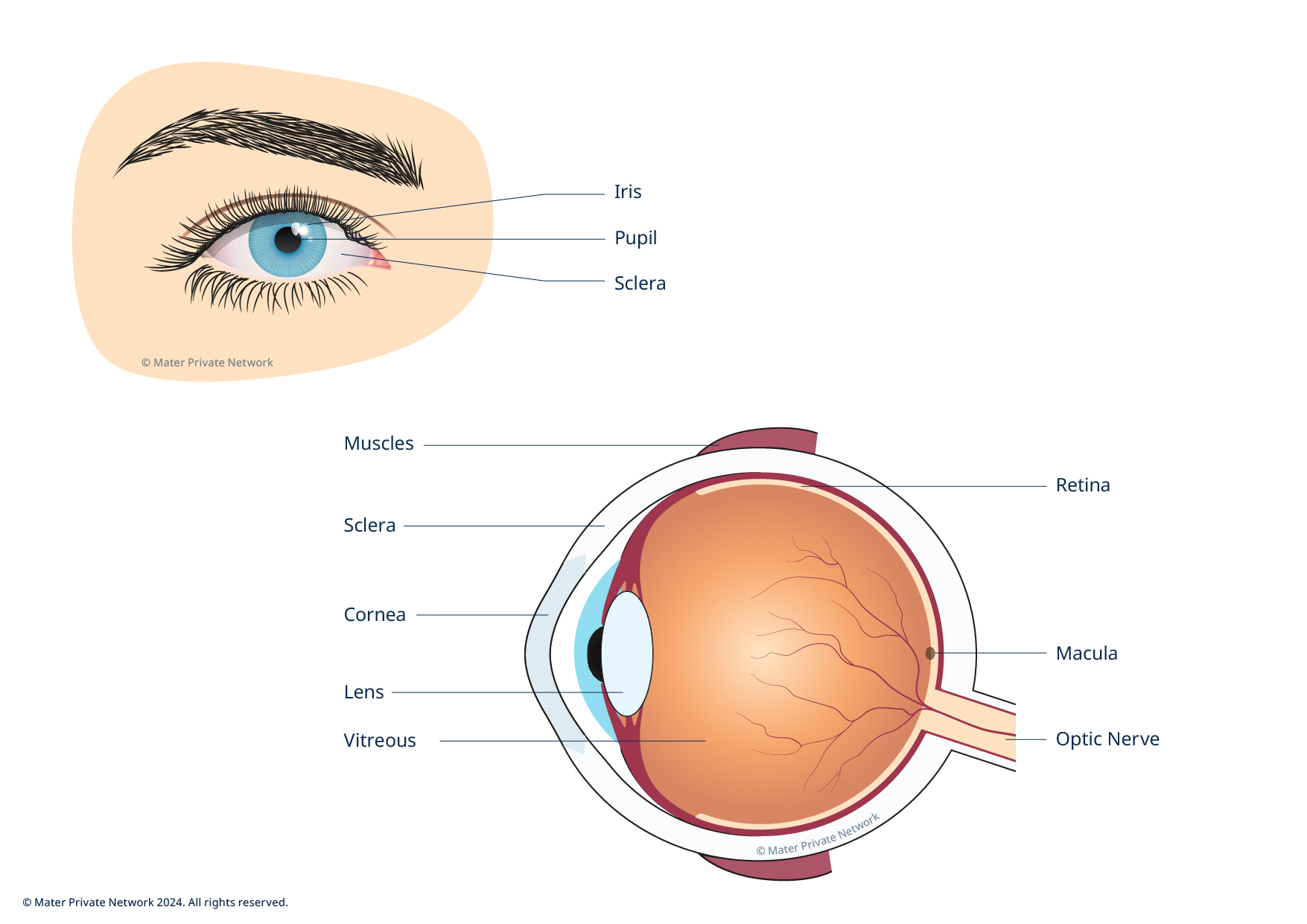Optical Coherence Tomography Angiography (OCTA)
Contact Us
Request an AppointmentPlease note that a referral letter is required before an appointment can be confirmed.
Useful Information
About this service
OCTA, also known as Optical Coherence Tomography Angiography, is a relatively novel, non-invasive (i.e. no needles or injectable contrast dye) imaging technique that can be used to visualise blood flow in 3D. It is a further development of the same technology that underpins optical coherence tomography (OCT). OCTA assesses blood flow, as well as retinal structure.
Your consultant ophthalmologist may use OCTA in the diagnosis and follow-up of many retinal conditions, such as:
- Wet age-related macular degeneration
- Diabetic maculopathy and diabetic retinopathy
- Central retinal vein occlusions (CRVO)
- Branch retinal vein occlusions (BRVO)
- Retinal ischaemia
- Posterior uveitis

OCTA works by rapidly taking multiple scans of the eye. Technology is then used to generate a 3D image of blood flow in the blood vessels of the eye.
No needles or injectable contrast dye are required in the process, just a series of images or pictures need to be taken. There are also no puffs of air or light flashing into your eyes.
- The OCTA will be taken by an ophthalmic photographer (an ophthalmic nurse or ophthalmologist can also take the images).
- Your pupils will be dilated so your vision can be blurred for four to six hours afterwards.
- The scan itself is very quick, taking just 15-20 minutes to perform.










